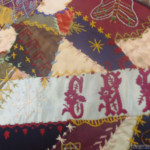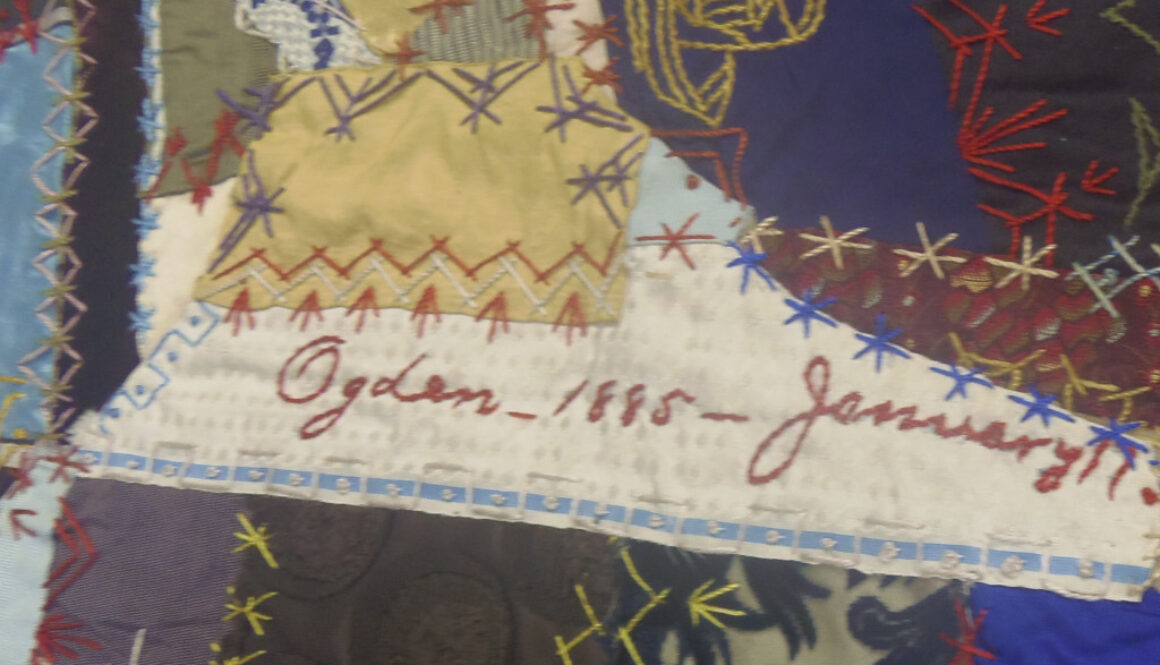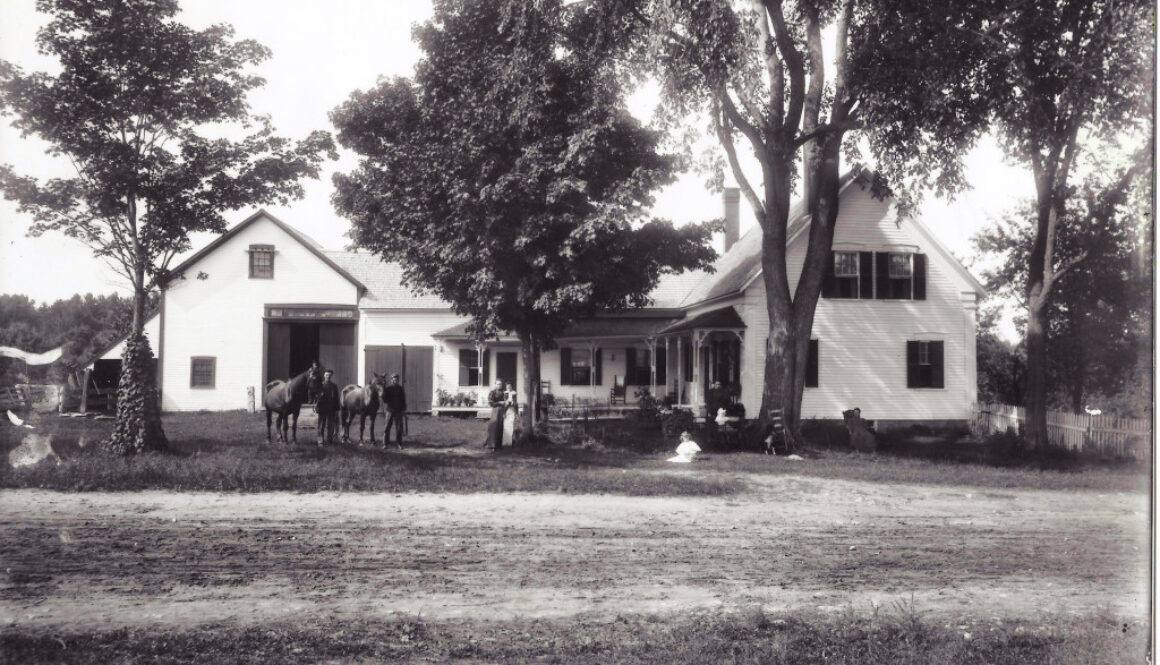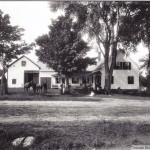During the last two weeks of October, a machine of historical interest was moved into the mill museum in Centennial Hall.
The 1890 S.A. Woods planer-matcher (also called a 4-sided planer) was originally purchased for use at the number 5 power site in Bridgton. It was originally water powered, and remained so until sometime after 1920, when the site and machinery were purchased by Harry Bisbee. He converted the mill to electric power.
The planer survived a fire at the mill in 1953, and may have been converted to diesel power at that time.
Harry Bisbee died in 1959, and the planer apparently sat unused until 1972, when it was purchased by Gordon Brill and his partner, Elden (sp?) Beane.
The planer was moved to the saw mill at Brill Lumber Co. on rt. 117, north of Bridgton, where it was powered by a large gas motor. It was operated for many years by Gordon, and later by his son Scott.
It took some work to get the planer ready for the move, including partial disassembly, and rolling it by hand out of the shed where it was located. Scott Brill loaded it onto the Brill Lumber Co. boom truck, and then delivered it to the front of Centennial Hall.
There it got a good wash down, probably the first in its life. Removing the accumulated gummy sawdust revealed the original dark green paint, with red highlights.
It was then moved into the Hall, by a combination of hand and tractor power.
Thanks to Joe Wist, Nick Rehmert, and Scott Brill.
The planer joins a collection of other early mill machinery, illustrating water-powered technology from the 19th and early 20th centuries. It was operational before the move, but will receive a thorough cosmetic and mechanical going-over.










